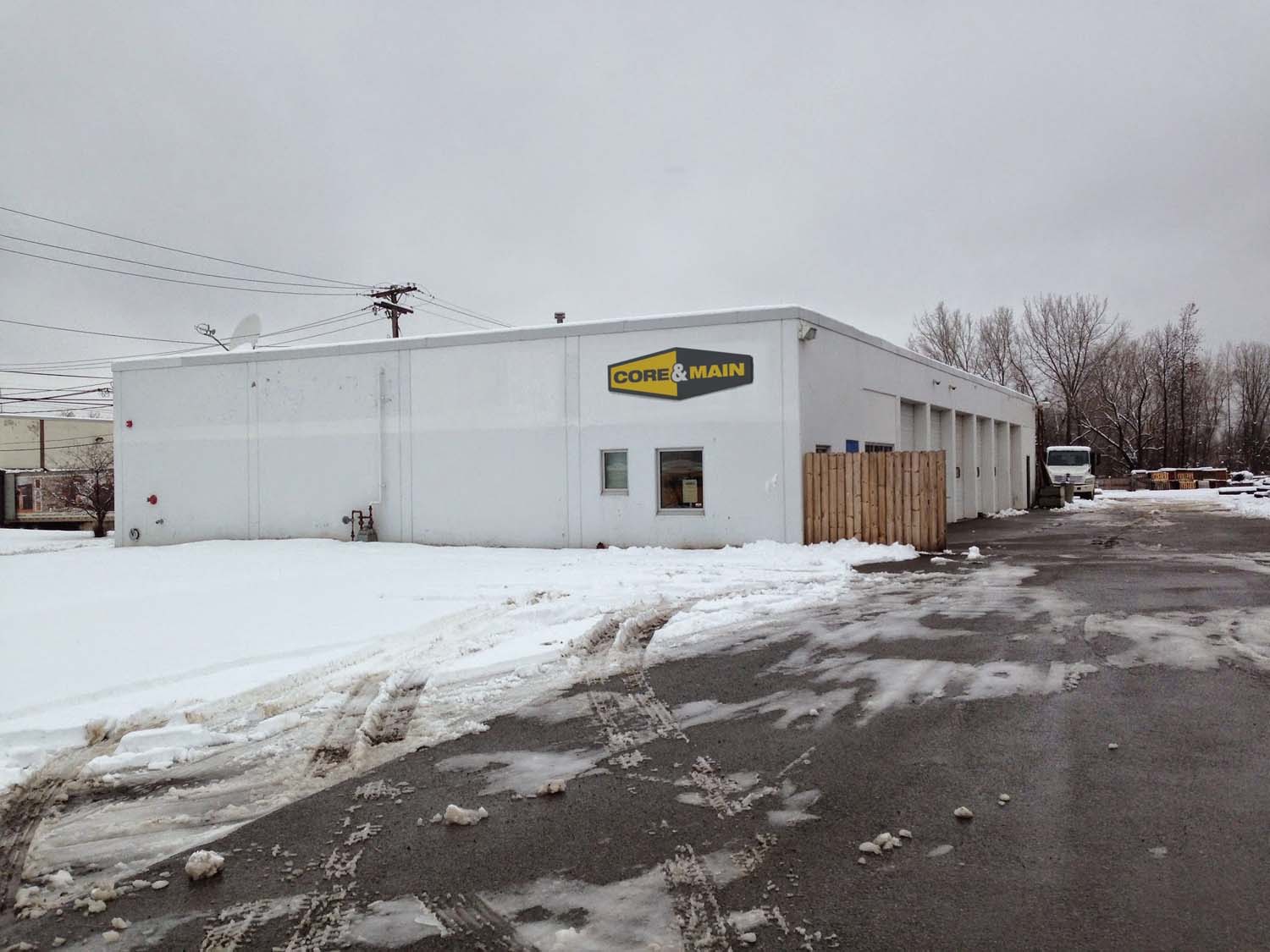- Home
- Supply Insights
- Winter Safety Gear: Must-Haves for Cold Weather Protection
With winter weather upon us, it's essential for you and your team to be outfitted in the appropriate winter clothing. From head to toe, find extreme cold protection with our stock of must-have winter clothes and safety gear.
Base Layers Matter
Base layers help trap heat, keep you warm, and act as the first layer of clothing between your skin and outer layers.
A base layer is essential because it allows you to adjust your clothing according to the temperature and activity level. Opt for lightweight, moisture-wicking fabrics like merino wool and polyester that fit snugly but not too tight, allowing easy movement and flexibility. A high-quality layering system will provide warmth and flexibility during cold weather work. Often, many outer layers have a mid-layer built-in and are best used in the coldest winter weather. For professionals working in the field, consider high-visibility PPE with your outer layers. Reflective tape is also an excellent way to mark things like boots, helmets, and tools for added visibility.
Always wear multiple layers and adjust them as needed throughout the day. It's better to have too many layers and remove them, than not having enough layers and risk frostbite, hypothermia, or general discomfort.
Head and Face Protection
Protecting your head, face, and eyes is essential when you need to stay comfortable working in cold weather. Keeping these areas comfortable and safe is extremely important when working outdoors, and we'll talk through what you need to ensure you've got the right equipment.
Start with a hard hat liner underneath your PPE, shielding your head from the harsh conditions. If you're working in extremely cold conditions, consider layering with a shoulder-length liner that covers your face and neck. For added visibility, use a high-vis SunShade on the back of your hardhat.
Remember to protect your eyes from the harsh winter elements. Wear goggles or safety glasses with tinted lenses to shield yourself from snow glare and wind. Look for lenses that offer UV protection and anti-fog features to ensure clear vision. Wearing proper head, eye, and face protection helps you stay warm, comfortable, and safe while working in the cold.
Hand Protection: Gloves for All Winter Activities
Keeping your hands warm and protected is crucial when working in cold weather. Exposed hands are prone to numbness and can hinder your ability to perform tasks effectively. We stock the high-quality gloves you need to stay safe while working outdoors this winter.
For general cold weather work, choose water-resistant gloves that provide warmth and dexterity. Look for gloves with a waterproof and windproof outer layer to keep your hands dry and protected from the elements. Like your upper layers, you can also layer gloves, and it can be beneficial to pair a glove liner with a waterproof shell for exceptionally cold conditions.
Remember to choose gloves that fit correctly and allow easy movement and flexibility. Tight-fitting gloves can restrict blood circulation, while loose-fitting ones may not provide the dexterity you need to perform your job. It's also a good idea to carry extra gloves if the first pair gets wet or damaged. Don't compromise on hand protection during the winter; invest in quality gloves that keep your hands warm, dry, and functional during cold weather work.
Sturdy Boots for Cold Weather
 Cold feet can lead to discomfort or even frostbite. That's why it's crucial to invest in sturdy boots that are designed for cold weather conditions. Look for boots with insulation to provide warmth and a waterproof outer layer to keep your feet dry. Insulated boots with a rating suitable for the coldest temperatures you'll be working in are highly recommended. Consider boots with a removable liner for added versatility and ease of drying.
Cold feet can lead to discomfort or even frostbite. That's why it's crucial to invest in sturdy boots that are designed for cold weather conditions. Look for boots with insulation to provide warmth and a waterproof outer layer to keep your feet dry. Insulated boots with a rating suitable for the coldest temperatures you'll be working in are highly recommended. Consider boots with a removable liner for added versatility and ease of drying.
Ensure your boots have a good grip and traction to prevent slips and falls on icy or slippery surfaces. Look for boots with non-slip soles or accessories like ice cleats or crampons for additional grip. Regularly inspect and maintain your boots to prolong their lifespan and effectiveness. Replace worn-out soles or liners as needed to ensure optimal warmth and protection.
Proper fit is also important when choosing winter boots. Make sure there's enough room for thick socks without being too tight. Tight boots can restrict blood circulation and increase the risk of frostbite.
Hopefully you can be prepared for a long, cold winter with these winter gear safety tips and stay protected while working at your facilities. Explore Core & Main's expansive offering of cold-weather gear and stock up on essential products before the coldest winter weather strikes.



